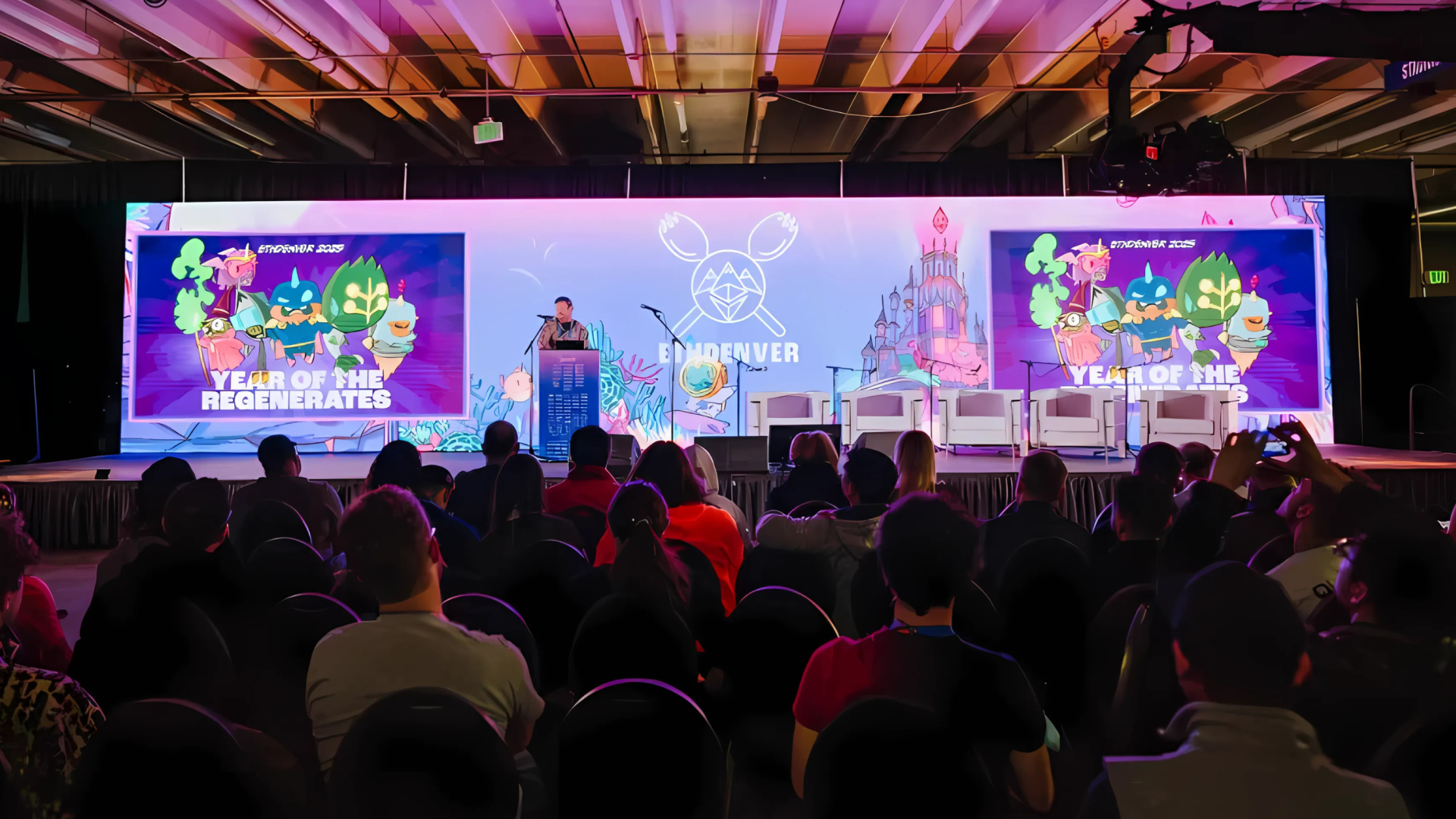Parachains are Live! Polkadot Launch is Now Complete
Parachains are now live on Polkadot, completing the multi-stage Polkadot launch process.
 By Polkadot•December 18, 2021
By Polkadot•December 18, 2021
Today is an exciting and historic day for Polkadot. After 5 years of research and development, and a multi-stage launch that began in May of 2020, Polkadot launch is now complete, with all auction-winning parachains currently producing blocks on the network.
The onboarding process for Polkadot’s first batch of five auction-winning parachains began with the start of lease period 6 at 10:07 pm UTC last night. As of this morning, all five parachains have now successfully onboarded to the network.
The winning parachains from Polkadot’s first batch of auctions were, in order, Acala, Moonbeam, Astar, Parallel Finance, and Clover. After building an impressive level of community support through crowdloans, to the tune of nearly 100 million total DOT locked, all of them are now successfully onboarded and producing blocks.
The launch of parachains on Polkadot represents the culmination of the original vision outlined in the Polkadot Whitepaper (aka the Polkadot Paper) in 2016. The Polkadot Paper outlined Polkadot's core features and sketched out the network's sharded multichain design. Parachains are the final piece of core functionality, as outlined in the paper, to be fully launched. How Polkadot evolves from here is up to its community of DOT holders, who will approve any future upgrades via the network's on-chain governance system.
The road to parachains
Providing blockchain teams with several key advantages over alternative and legacy technologies, parachains are a key component of the original vision of Polkadot. This vision has its roots in the early days of Ethereum, when Polkadot founder and Ethereum cofounder Gavin Wood and others first began to think about what a next-generation, sharded version of Ethereum could look like.
But the first concrete steps toward parachains came in the summer of 2016, when the key insight was made that a sharded blockchain network could allow each shard or blockchain in the network to have its own design. The idea for heterogeneous sharding was born, and the vision for parachains was outlined shortly after in the Polkadot Paper.
In terms of code, Polkadot and parachains began when Polkadot founder and parachains Lead Developer Robert Habermeier made the first commit to the Substrate Repo on November 7th, 2017. The basis of Polkadot and all of the parachains now connected to it, Substrate has since had over 6000 commits from more than 300 total contributors — a monumental effort from the Polkadot developer community. After nearly 3 years of development, Polkadot’s launch kicked off on May 26th, 2020, and parachains got their first dedicated testnet with Rococo that August.
In June 2021, the first parachain ever, Statemine, went live, followed over the subsequent weeks by Kusama’s first batch of five parachain auction winners. Since then, a total of 18 parachains have launched on Kusama, with a new batch of 5 parachains scheduled to onboard to the network on or around January 10th, 2022. Kusama parachains have now completed numerous forkless upgrades and processed several tens of millions of transactions.
The parachain launch process on Polkadot kicked off at the Sub0 Online conference on October 13th, 2021, when Wood and Habermeier announced that Polkadot was technically ready for parachains. Polkadot’s on-chain governance council acted shortly after to propose the schedule for Polkadot’s first parachain auctions. The network completed several necessary upgrades and optimizations since then, and the first Polkadot auction began on November 11th.
What’s next
The next batch of Polkadot auctions will begin on or around December 23rd, 2021 (block 8263710). The second batch will feature 6 auctions in total, with the 6 winning parachains to be onboarded on or around March 11th, 2022 (block 9388800).
Several future upgrades have been proposed for Polkadot that will continue to expand the network’s capabilities into the future. These and all future upgrades will need to be approved by Polkadot’s on-chain governance community. Proposed upgrades include parathreads, which will allow parachains to join the network on a pay-per-block basis rather than leasing a slot via auction, and the full launch of XCM, Polkadot’s cross-chain message format.
Follow Polkadot on Twitter and subscribe to the Polkadot Newsletter for all the latest updates.











